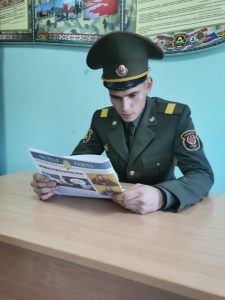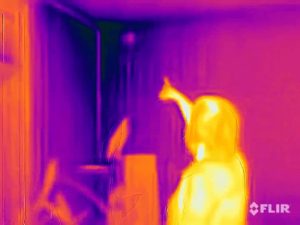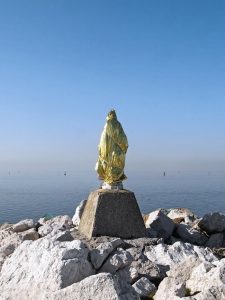Postopolis Day 5 was the day i realized once more that many people in the audience should have been on the programme too. It was the day i fell in love with stripped trousers and the day i decided all those hours spent on the roof of The Standard had not been that cold after all.
Dan Hill has a much wider and smarter coverage of Postopolis than i, Bryan Finocki has started posting bits and pieces of it, archdaily went for a best of, gods know where Geoff found the time and energy to feed such a fascinating twitter coverage, and Jayce Clayton might come up with more.
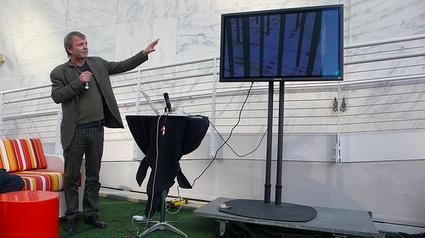
So, day 5, right? Dan posted an extensive eulogy to Benjamin Bratton‘s talk. So let’s skip to the next speaker: Christian Moeller. He was wearing the most magnificent trousers and kept joking about Germany the way Germans always do (i suspect they are quite proud of the cliches they seemingly make fun of.) He showed some works you have probably already heard about and sparkled them with anecdotes. In particular what he calls “technical fuck-ups.”
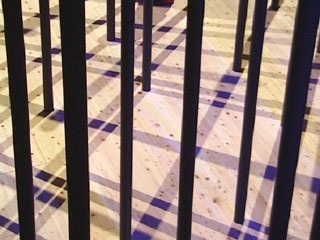 Audio Grove (1997), for example, is a forest of 56 vertical steel posts at the Spiral building in Tokyo. When visitors touch the posts emit sounds which always combine to form a harmonic whole whatever the combination of interactions. Spotlights placed in a circle around the installation project through the structure of steel posts onto the floor. According to the visitors’ interaction with the poles, the spotlights illuminate different positions on the floor and draw shadow line textures onto the installation’s “carpet of light”.
Audio Grove (1997), for example, is a forest of 56 vertical steel posts at the Spiral building in Tokyo. When visitors touch the posts emit sounds which always combine to form a harmonic whole whatever the combination of interactions. Spotlights placed in a circle around the installation project through the structure of steel posts onto the floor. According to the visitors’ interaction with the poles, the spotlights illuminate different positions on the floor and draw shadow line textures onto the installation’s “carpet of light”.
The day of the opening, people were touching different poles with both arms. That had not been anticipated so the installation didn’t react as it should have. To fix the problem on the spot, the staff rushed to the offices and printed a series of rules on how to use the installation and that was it: people had one of their hands busy holding the sheet of paper. Video of the installation.
Unlike the previous days, day 5 of Postopolis had very few solo presentations but a series of panels. The first one was a bit of a wild mix-match gathering some ‘new media art-y’ and very talented people: Sean Dockray, Dan Goods, Daniel Rehn and Jay Yan.
Sean Dockray is co-directing the TELIC Arts Exchange in Chinatown. The space used to be a gallery exhibiting mostly new media art installations but Dockray turned it into a series of platforms that, each in its own way, foster social exchange, public participation to produce a critical engagement with new media and culture.
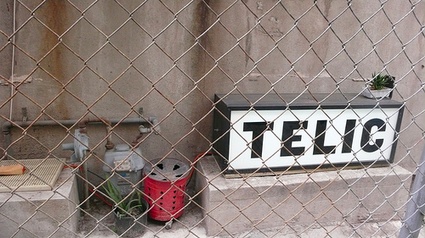
TELIC now takes in The Public School, The Distributed Gallery (a video exhibition project made of televisions and video monitors in various semi-private locations), the Berlin Telic Art Exchange (a gallery that doesn’t exist on Brunnenstrasse and is currently showing two spectacular sculptures by Nick Ervinck.)
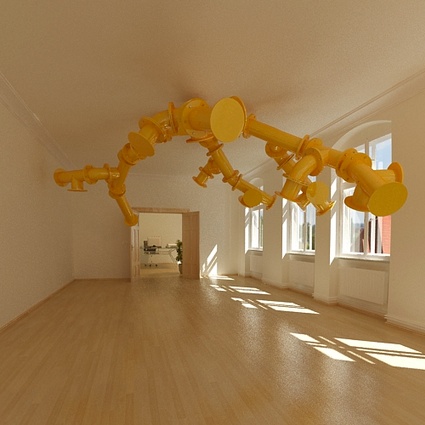 Mick Ervinck, Yarotube, 2007-2008
Mick Ervinck, Yarotube, 2007-2008
Dan Goods is an artist with an unusual job at NASA’s Jet Propulsion Laboratory in Pasadena, CA. He helps researchers communicate their work to the general public. He talked mostly of eCloud, a data driven sculpture he’s developing together with Nik Hafermaas and Aaron Koblin for San Jose International Airport.
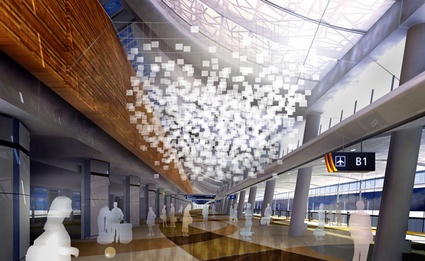
Hundreds of hanging square panels of electrically switchable laminated plexiglass act as pixels. This material has the ability to graduate opacities with the transmission of an electrical charge: when in neutral, the panel is opaque and when sent an electronic charge the material transitions to visually transparent.
The animations that move through eCloud are based on a live feed of weather and wind conditions data. By replaying data through time, abstract imagery moves from one panel to the next, creating visualizations that traverse the concourse space. An additional display signage communicates the current dataset to the viewers. See movie.
Daniel Rehn mentioned most of the projects he’s involved in from a $10 computer already available in India, China, Brazil, and elsewhere to Rabbitat v1.0, an installation that uses web cameras to capture and illuminate rabbit behavior.
Jay Yan went quickly through a series of his works but i’ll be even faster and point you to aninterview i made with him last month. What i should add is that he showed us a new installation called Turbulence, video.
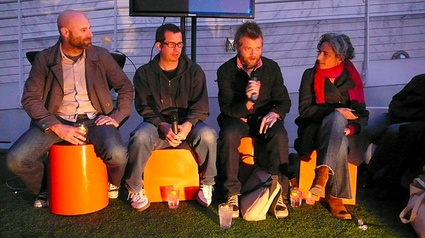
One of the most interesting panels for me was the one dedicated to photography. Photographers Catherine Ledner, Misha Gravenor, Dave Lauridsen and Tom Fowlks. The issues raised: do you feel that bloggers steal your pictures when they use them, give credit but do not email you to get permission to publish your images? How do you react if they crop your pictures? Should images be treated as text quotations and as such be free to use? What should be the legal implications of using a photography that has been commissioned and paid by a magazine? The feeling i had from the discussion is that bloggers are not super popular among photographers. Catherine Ledner, had a very open attitude “As long as they give credit, that’s free publicity for me.” Others really insisted on being warned about the use of their images “I like to know where my images are going,” said Dave Lauridsen. Ledner immediately answered “Just get a google alert on your name and you’ll know where your photos are.” Geoff, who was moderating the discussion, had a few pertinent points to share on the subject.
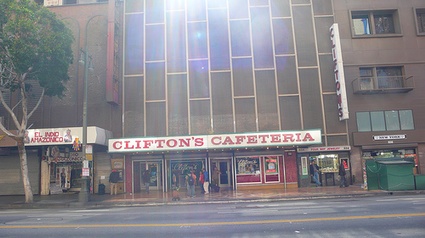
We didn’t really have a closing party that night but the breakfast of the following morning was quite a party. We went to a rather unbelievable place called Clifton’s Cafeteria. Everything was faux-forest. From the moose head to the fridge wrapped in fake logs, people drank Lemon Olé or Mango Olé but the food was brilliant. Not particularly sophisticated, rather heart-warming and arteries-clogging. Loved it!
Once again a huge thank you to Storefront for Art and Architecture for their brilliant work of production and organization, to Geoff from BLDGBLG for imagining all this and to ForYourArt who made our life in LA so pleasant and exciting.
Image on the homepage: City of Sound.



